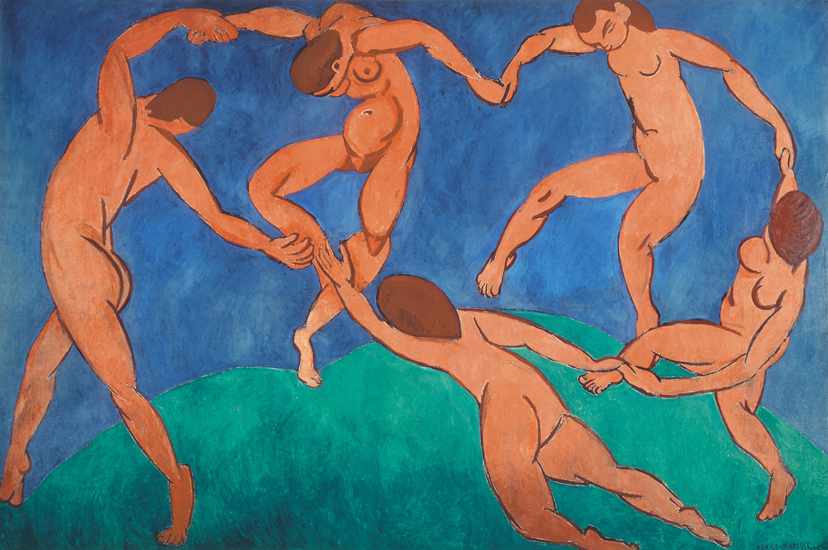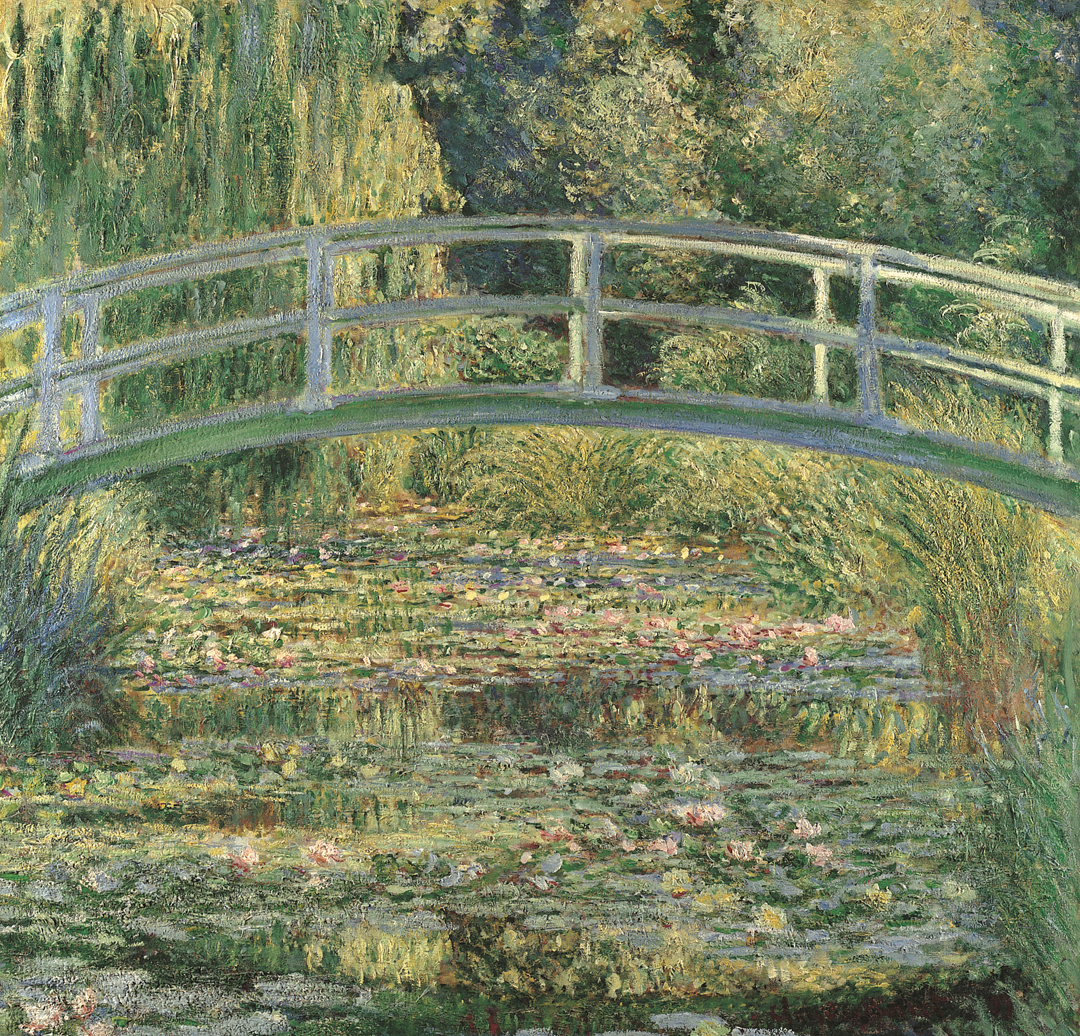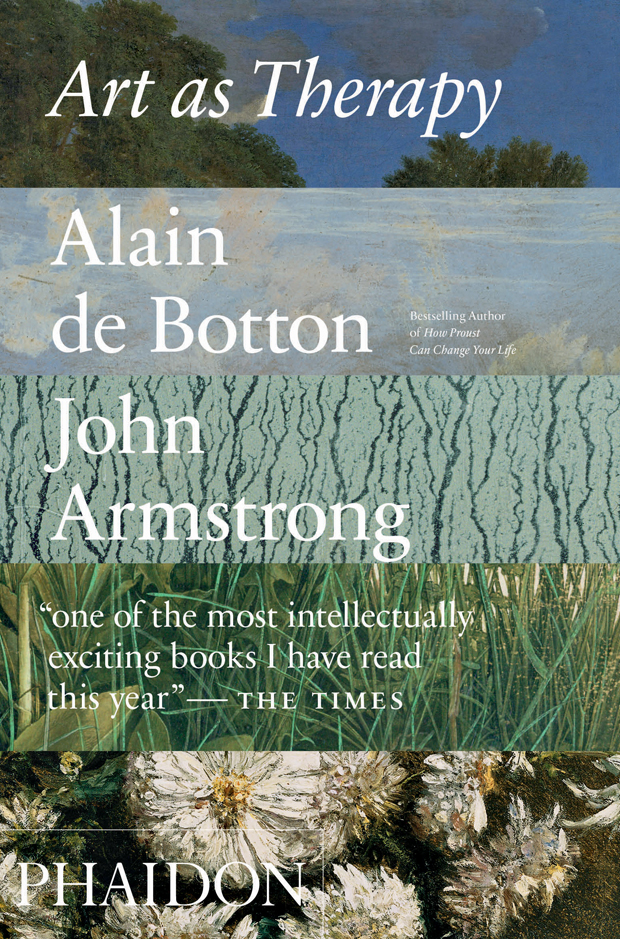
Happy art for Blue Monday from Alain de Botton
Can pretty works by Matisse and Monet get us through the January blues? Yes, argues the Art as Therapy author
Feeling down today? Then maybe art can help. Today is Blue Monday, the third Monday in January, which, the popular press will have you believe, is reckoned to be the most depressing day of the year.
Looking at pretty paintings might sound like too obvious a way to cheer yourself up, yet Alain de Botton, author of our book Art as Therapy, suggests we might want to worry less about the winsome, twee aspect of some cheery artworks, and more on the very real consequences of negative thinking.
“The water garden that Monet painted is itself delightful, and this kind of art is especially appealing to people who don’t have what it depicts,” writes de Botton. “It would be no surprise to find a reproduction of a painting evoking watery, open-air serenity in a noisy, urban, high-rise flat.
“If we were to ask the picture what is wrong with the world, it might be taken as saying, ‘you don’t have enough Japanese water gardens’ – a response that appears to ignore all the more urgent problems that confront humanity (primarily economic, but also moral, political and sexual). The very innocence and simplicity of the picture seems to militate against any attempt to improve life as a whole.
“However, these worries are generally misplaced,” de Botton goes on. “Far from taking too rosy and sentimental a view, most of the time we suffer from excessive gloom.”

“If optimism is important, it’s because many outcomes are determined by how much of it we bring to the task,” he writes. “It is an important ingredient of success. This flies in the face of the elite view that talent is the primary requirement of a good life, but in many cases the difference between success and failure is determined by nothing more than our sense of what is possible and the energy we can muster to convince others of our due.
We might be doomed not by a lack of skill, but by an absence of hope. Today’s problems are rarely created by people taking too sunny a view of things; it is because the troubles of the world are so continually brought to our attention that we need tools that can preserve our hopeful dispositions.
“The dancers in Matisse’s painting are not in denial of the troubles of this planet,” writes de Botton, alighting on another well-known, cheery artwork, “but from the standpoint of our imperfect and conflicted – but ordinary – relationship with reality, we can look to their attitude for encouragement. They put us in touch with a blithe, carefree part of ourselves that can help us cope with inevitable rejections and humiliations. The picture does not suggest that all is well, any more than it suggests that women always take delight in each others’ existence and bond together in mutually supportive networks.”

For more on the psychological benefits of art order a copy of Art as Therapy here.